How does arouter work? |
||||
 |
||||
How does a hand-held router work? |
||||
 |
A motor is mounted vertically above the base of the router and has a steel sleeve, known as a collet, fitted into the shaft at the end of its spindle. The collet holds the shank end of a router cutter or bit. When the machine is switched on, the motor converts the electricity into mechanical power, turning the shaft and collet holding the router cutter in a clockwise direction. When the cutter touches a material it will begin to cut or grind into it. |
|||
 |
Most routers let you make all sorts of adjustments in order to cut precise shapes over and over again. Speed selection permits you to control how fast the router bit spins, to allow for different materials and bit sizes. The router itself is also portable enough to be moved across a material to create and guide your cut. You can adjust the height of the router bit in relation to its base, altering the depth to which it can cut, often to a very precise degree. And, there is a vast selection of router cutters, designed to create grooves and housings, rout the parts for joints, and decoratively shape the edges of materials. |
|||
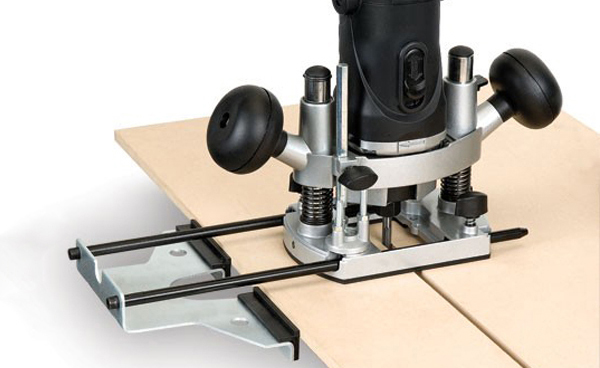 |
Plunge routers allow you to move the top half of the router up and down on a pair of spring-loaded columns, so that you can plunge the spinning router cutter into material from above, and then lock it at the desired depth for the duration of the cut. Allowing you to start the cut in any place, not just at the edge of the material. There are also many accessories, like templates, guides, and jigs, which can make your router even more versatile. |
|||
How does a router work in a table?
|
||||
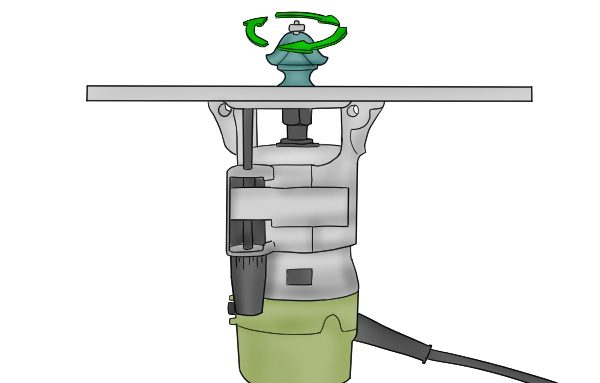 |
A router mounted in a router table will still work in much the same way, but because the machine is upside down, the router cutter spins in an anti-clockwise direction when viewed from above. This means that the feed direction for hand-held and table-mounted applications will be different. Always consult any manufacturer's guidelines and instructions for correct use of individual routers and router tables. |
|||
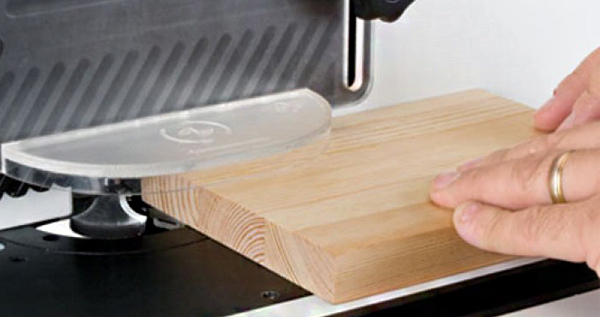 |
Because the router is now stationary, it is the material that must be brought to the router cutter, not the other way around. Though your movements are more limited by the table, accessories such as a router table fence and starting pin will help to support the workpiece and give you more control over the router's cutting action. |
|||
Hand-held routing vs. stationary routing |
||||
 |
Most routers can be used either hand-held or table-mounted. Both methods have their advantages and disadvantages. You'll need a specially produced router table, and appropriate insert plate, which will fit your router if you want to use it table mounted. |
|||
 |
||||
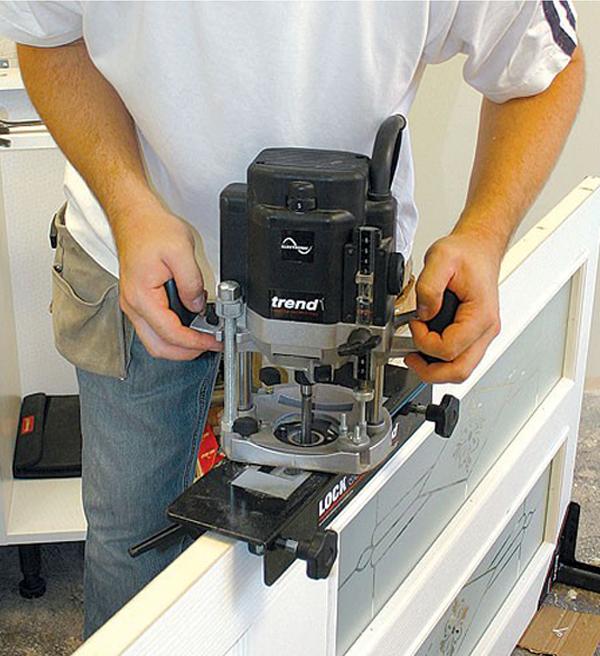 |
Hand-held or manual routing uses
|
|||
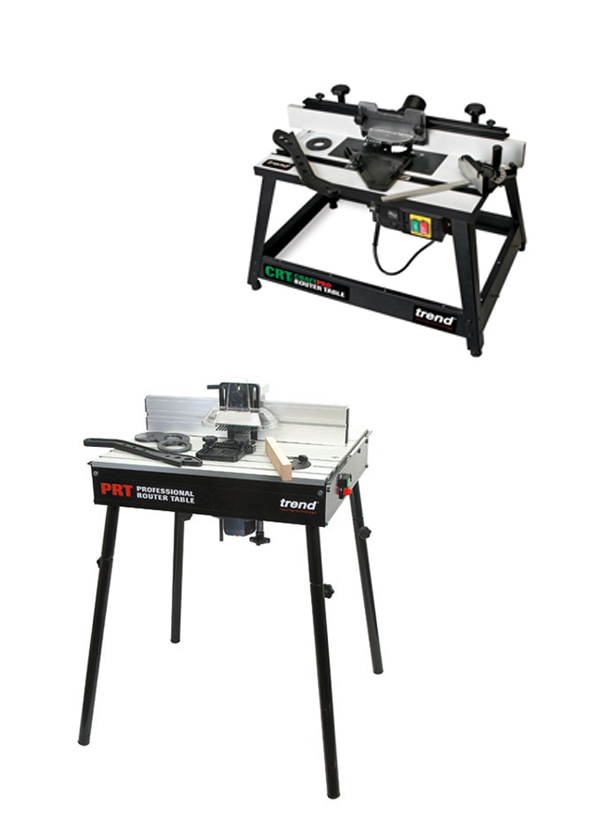 |
Table-mounted or stationary routing
|
|||
 |
||||







